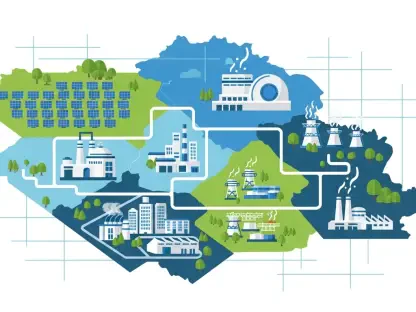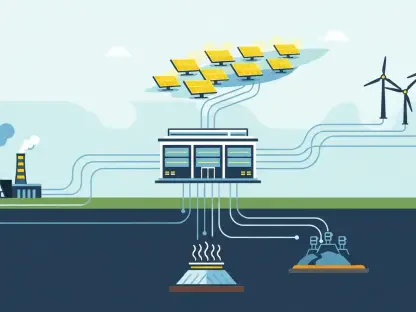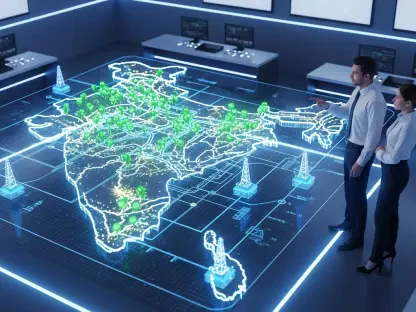The Question of Power Demand
What will be the impact on energy consumption as AI technologies become increasingly integral to daily operations? With burgeoning energy demands, AI data centers pose significant challenges, including an anticipated power requirement that could reach upwards of 33.8 gigawatts by the end of the decade. This figure represents approximately 3% of the total U.S. generating capacity, with some estimates like those from the RAND Corporation suggesting even more substantial demands.
Unpacking the Energy Equation
The digital transformation sweeping global industries is increasingly reliant on data centers, yet this dependence raises sustainability concerns. The energy demands of AI advancements have broader implications for grid stability and local communities, often leading to operational strains. This intersection of technology and energy management illustrates the real-world issues surrounding the sustainability of growing digital infrastructures.
Pioneering Strategies for Power Management
Faced with mounting sustainability demands, the industry is turning to innovative power management strategies. Solutions like battery-based systems and sustainable energy integrations are gaining traction, influenced by local and federal regulations. For instance, FlexGen’s partnership with Rosendin exemplifies the potential of battery energy storage systems, enhancing reliability and efficiency while navigating regulatory landscapes. Their BESSUPS solution protects vital components like power-intensive NVIDIA chips from disruptions, signaling a shift towards more adaptive designs.
Insights from Industry Leaders
Experts such as Kelcy Pegler and Jim Grice offer perspectives on balancing sustainability with infrastructure needs. Pegler underscores the underestimated impact of data centers, advocating for scalable solutions like battery systems. Grice’s vision extends further, suggesting a mix of gas generators, batteries, and solar installations to meet emerging demands strategically. Such insights illustrate the industry’s commitment to developing resilient infrastructures.
Charting the Path Forward
Achieving sustainable power models for data centers involves actionable strategies focused on scalability and environmental optimization. Employing onsite renewable sources and strategic infrastructure planning helps reduce ecological footprints. Projects like Google’s eco-friendly energy parks highlight the move toward sustainable practices. The market’s inclination toward these clean-energy integrations marks a critical evolution in data center developments.
Conclusion: Navigating Toward Sustainable Futures
The expansion of AI data centers has fostered a dynamic dialogue between sustainability and technological growth. Industry players have progressively embraced innovative energy solutions, balancing grid reliance with onsite capabilities. Such adaptations reflect a proactive stance, transforming data centers into stabilizing forces within digital economies. By integrating diverse approaches, the industry achieved pathways for growth while assuring community respect and ecological responsibility, ensuring a robust and sustainable digital future.









